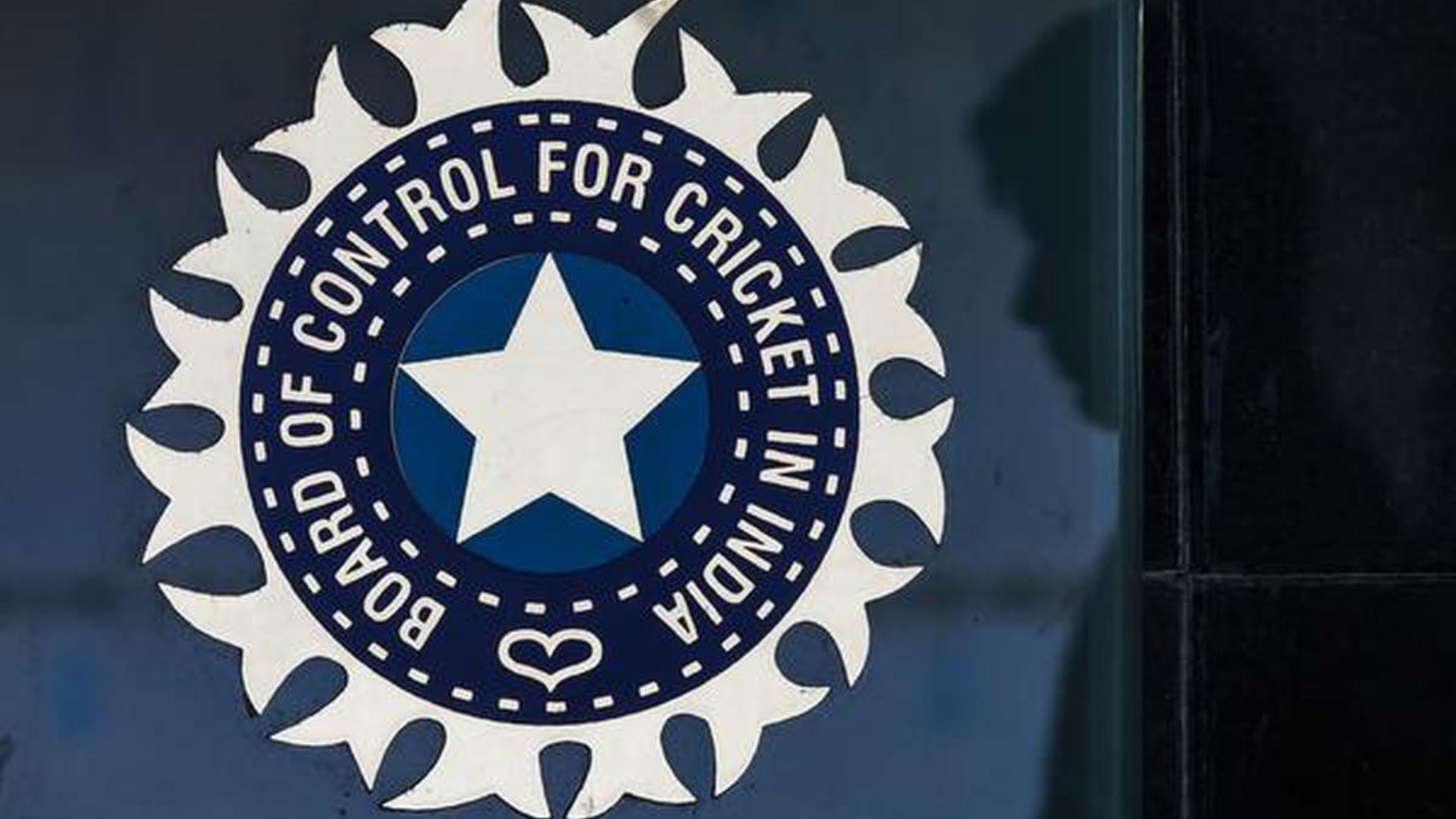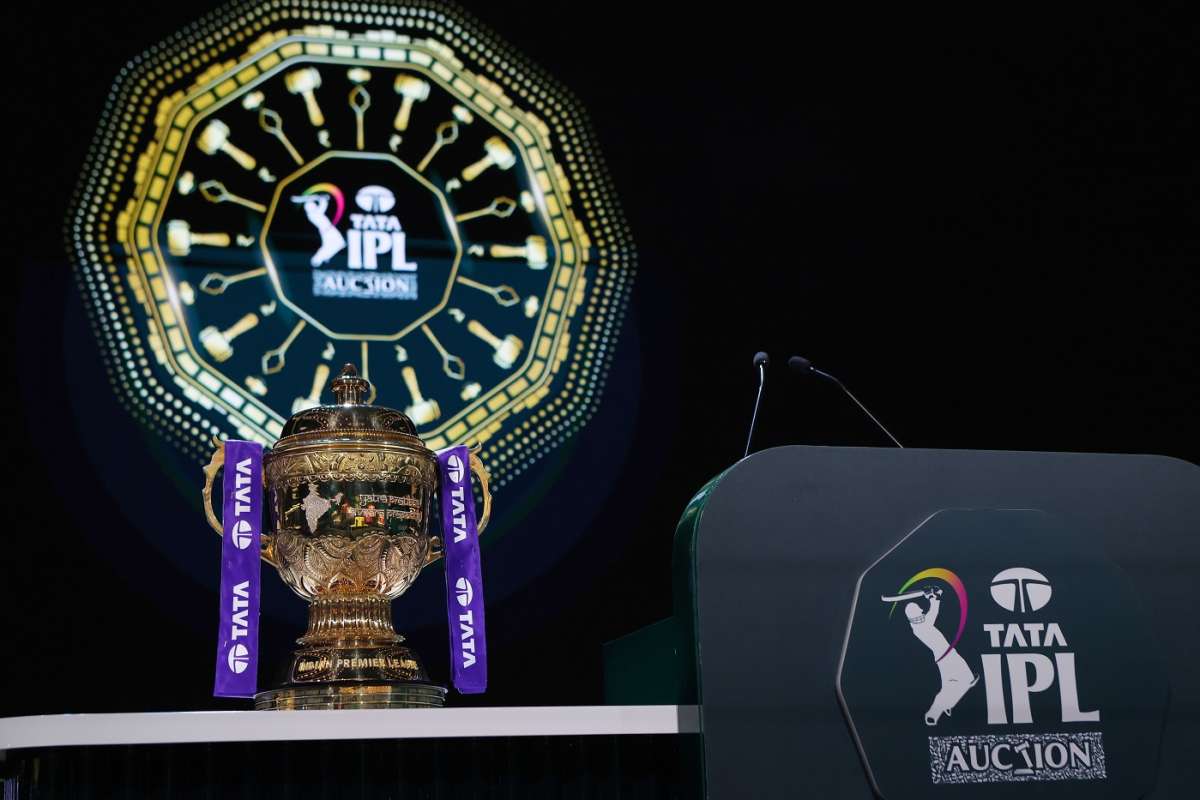In a recent major change to the domestic cricket penalty runs rule, the Board of Control for Cricket in India (BCCI) adopted a more forgiving approach to unintentional contact between the ball and fielders’ equipment during play.
According to the updated rules, which were sent to state organisations in a recent clarification notice, it will no longer be considered unlawful fielding if the ball unintentionally comes into contact with equipment or things that have fallen from a fielder. The former understanding of Rule 28.2.3, which imposed harsher sanctions, has changed significantly.
“It is not deemed unlawful to field if the ball comes into contact with apparel, equipment, or any other item that has unintentionally fallen from the fielder’s person. Fielder caps that are tucked into the fielder’s waistband or wicketkeeping gloves will not result in penalty runs. A dismissal would be legitimate and the ball would stay in play,” the precise note read.
Different from previous interpretations, the new rule
Cricket players’ custom of tucking caps into their waistbands is one of the regular situations covered in this edition.
The fact that KL Rahul always fastens his cap at the front of his waist, partly tucked inside and half out, is an illustration of this. In a same manner, wicketkeepers frequently fasten their headgear at the rear of their waistbands. In the past, a five-run penalty and the ball being deemed dead would occur if these caps unintentionally fell and made contact with the ball.
The previous interpretations, in which even unintentional touch with discarded equipment would result in immediate fines, are significantly different from the current norm. In the past, a bowler would be penalised five runs and the ball would be deemed dead if their tucked-in garments unintentionally dropped and touched the ball. Contact with equipment might nullify possible dismissals, hence the matter was especially pertinent in situations where short-leg fielders were acting ambiguously.
The BCCI acknowledged that the fielding team shouldn’t always be penalised for such unintentional contact after taking into account practical gaming concerns. Umpires, who previously struggled to make decisions in complicated situations involving equipment contact, now have an easier time doing so thanks to the modification.
Also Read: Jay Shah could serve two three-year terms as ICC chair after Board recommendations
The essential elements of regulation 28.2.3 about unlawful fielding are still applicable, but this regulation gives a more precise picture of some circumstances involving equipment that has been inadvertently displaced.




